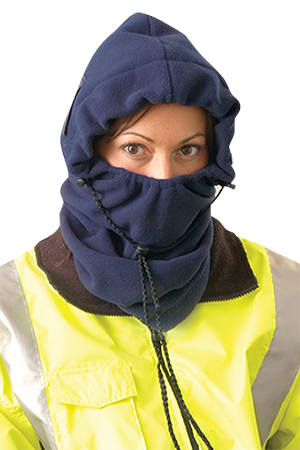
What most people consider inclement weather is not always what builders, laborers and project managers consider inclement weather.
The recent polar vortex that hit much of the Midwest at the start of this year brings home just how important it is to be prepared for extreme weather conditions. While even the toughest of project managers might have ceased work during the negative temperatures, it’s important to remember that average cold can also present dangers to ill-equipped outdoor workers.
Must-Haves
There are certain cold-weather clothes that are simply non-negotiable. You should invest in quality, thermal long underwear that will serve as your first layer of protection under any work clothes. It’s also critical to keep extremities warm by wearing warm hats, masks, socks, boots and gloves. Fingers, toes, ears and noses are especially susceptible to frostbite as they are furthest from the body’s core.
It’s important that cold-weather clothes don’t compromise safe working conditions, so consider mimicking work movements when trying on items like boots, coats and gloves. Tight clothes may seem like a good idea, but they actually constrict circulation, causing body temps to drop. Choose clothing items that are comfortable and don’t restrict movement.
Layers
You probably already know that layering clothing is a necessity for outdoor work, but you may not know the best way to do it. Layering several thin layers is better than wearing a couple of thick layers. The space between each layer provides extra insulation, and the more layers you wear, the more you can adjust your body heat if you become too hot or too cold.
The layer closest to the skin should not actually be cotton, because once it gets wet, it no longer provides insulation. Instead, make sure the first layer is a wool, silk or synthetic fabric that can wick away moisture. For the same reason, the middle layer should also be a synthetic.
The outermost layer should be waterproof and well ventilated. Though we usually worry about not being warm enough, it’s also dangerous to become too warm. When your body starts to sweat, the clothes become wet, decreasing their insulation. Also, as sweat evaporates, it lowers your body’s temperature, which is just what you want on a 90° June day but exactly what you’re trying to avoid in the cold.
Breaks

Post a comment to this article
Report Abusive Comment